Shopko Outlines Post-Bankruptcy Footprint
Despite substantial store closures before the Chapter 11 filing, the restructured retail chain will maintain locations in 11 states, while its portfolio will drop to less than half of its previous size.
As it proceeds with Chapter 11 bankruptcy, Shopko Stores Operating Co. LLC has committed to a substantial list of go-forward store locations in 11 states.
On Jan. 16, citing “excess debt and ongoing competitive pressures,” the company filed for Chapter 11 restructuring in the U.S. Bankruptcy Court for the District of Nebraska. Since 2005, it has been owned by Sun Capital Partners Inc.
Founded in 1962, the company is headquartered in Green Bay, Wis., and had till recently operated more than 360 stores in 26 states in the Central, Western and Pacific Northwest regions. Of those, 126 are Shopko stores (in small to mid-sized cities) and 234 are Shopko Hometown stores, a smaller format for smaller communities. A few stores in other formats round out the portfolio.
As things stand now, Shopko will retain 124 stores, in Iowa (12), Idaho (5), Illinois (5), Michigan (4), Minnesota (22), Montana (11), North Dakota (3), Nebraska (8), South Dakota (8), Wisconsin (39) and Wyoming (7).
The company plans to relocate more than 20 optical centers to freestanding locations and, based on the success of the four such stores that it opened in 2018 (all in Wisconsin), will open additional such locations this year.
CMBS exposure is spotty
A new report from DBRS Inc. suggests that while Shopko store closures “will likely have a minimal impact on commercial mortgage-backed securities (CMBS) in aggregate,” there is potential for local defaults as the company rejects leases in various states.
In addition, DBRS commented, “the closures highlight the risk of exposure faced by retailers owned by private equity firms….”
Though DBRS found only 12 CMBS loans with Shopko exposure, nearly all the involved stores will close. “With few exceptions, Shopko is the sole tenant at these properties, significantly increasing default risk across the related loans,” DBRS reports.
Image courtesy of Chris857 via Creative Commons

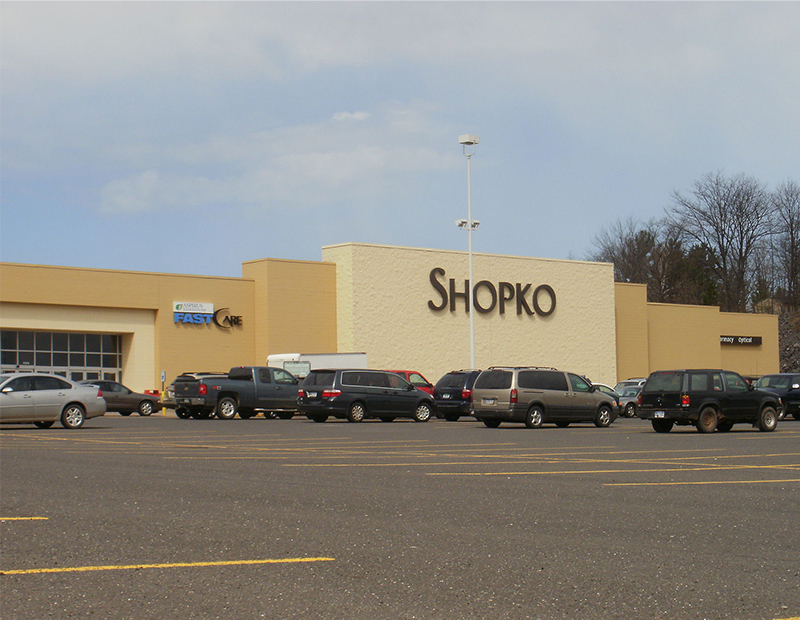

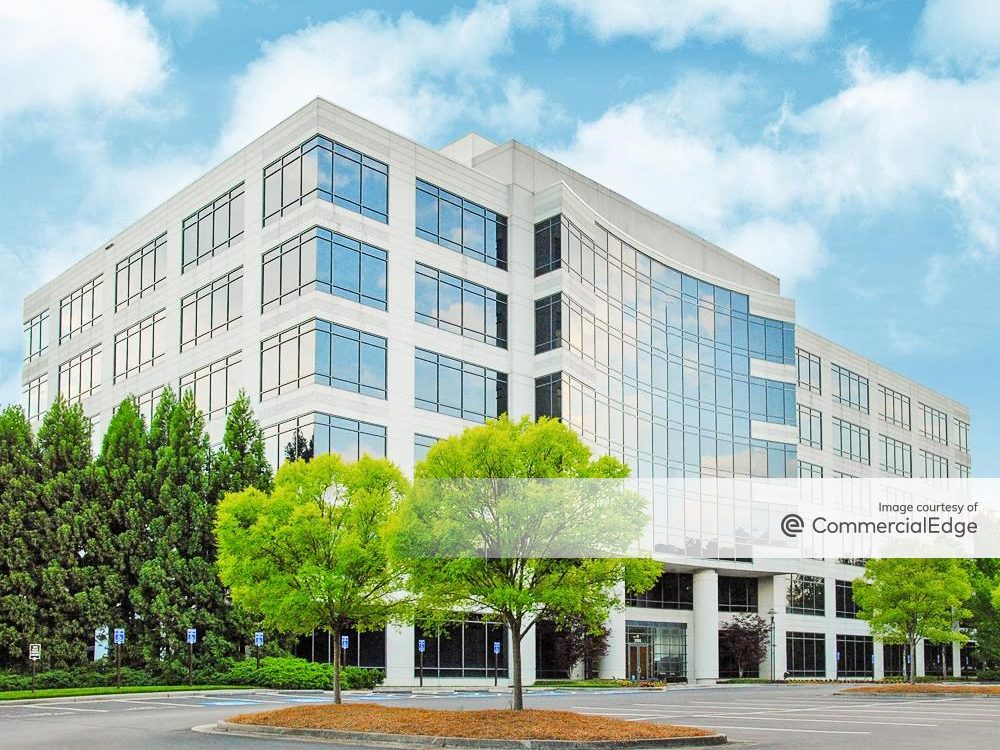

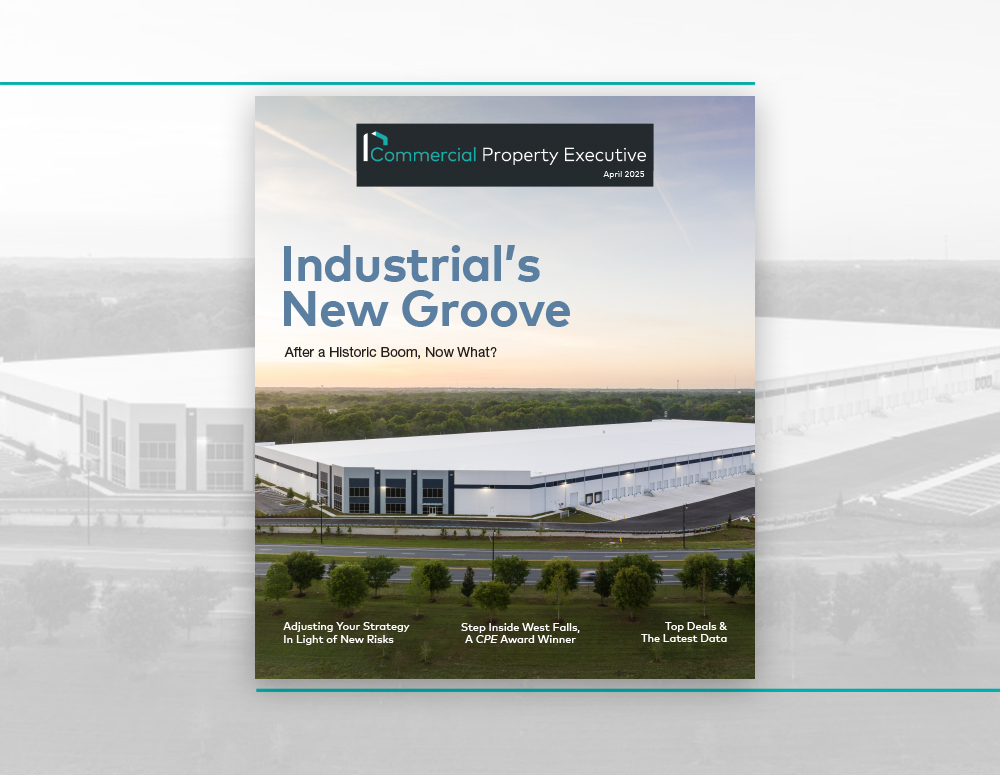
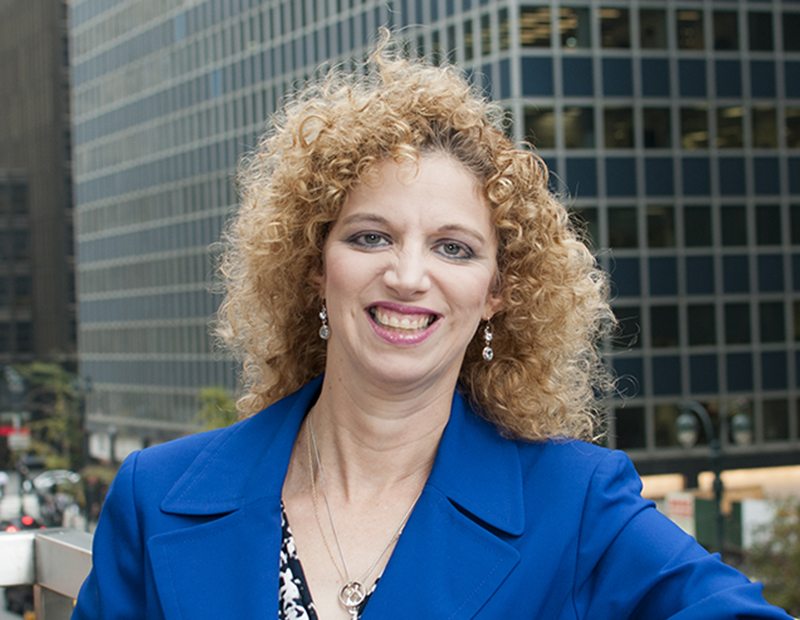
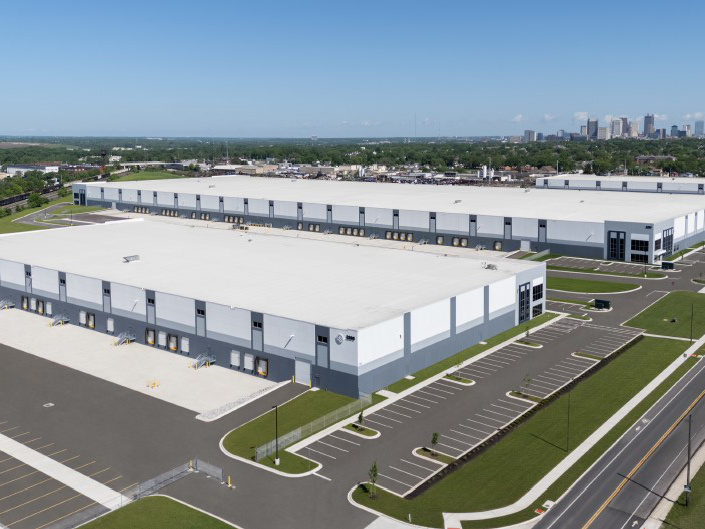
You must be logged in to post a comment.